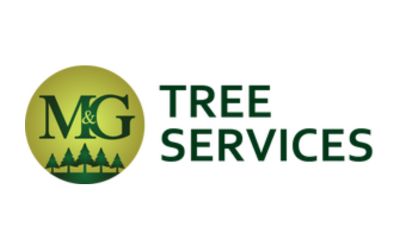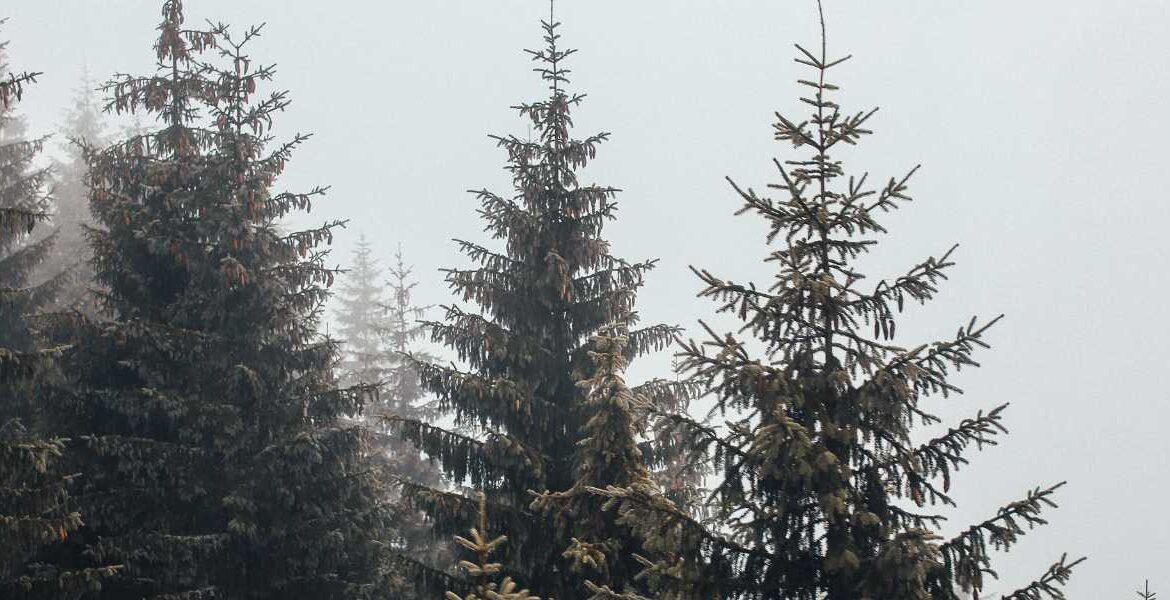Pine trees are a beautiful and common sight in Connecticut, offering lush greenery year-round and providing shade during the warmer months. However, these tall evergreens can pose significant risks to homeowners, especially when they are not properly maintained. Pine trees are more prone to uprooting than many other types of trees, and understanding the reasons why can help you protect your home and property from potential damage.
In this blog, we’ll explore the main causes of pine tree uprooting, how strong winds can affect these trees, and the warning signs that homeowners in areas like Avon, Simsbury, and Farmington should be on the lookout for.
Why Pine Trees Are More Prone to Uprooting
Several factors make pine trees more vulnerable to being uprooted, particularly during storms or heavy weather conditions:
1. Shallow Root Systems
Unlike many other trees, pine trees have shallow root systems, meaning their roots spread out close to the surface of the soil rather than digging deep underground. This allows them to absorb water and nutrients quickly, but it also means they’re less anchored to the ground. This makes pine trees more vulnerable to uprooting during heavy winds or when the soil becomes saturated after rain or snow-melt.
2. Uneven Size vs. Root Structure
Pine trees tend to grow very tall, with large, dense canopies and a relatively narrow trunk. Because their roots are shallow, they aren’t always well-proportioned to the height and mass of the tree above ground. This imbalance makes them more susceptible to being toppled by strong winds compared to other trees with deeper, more robust root systems. During high winds, especially common in winter storms, the weight of the tree’s canopy combined with the weak anchoring of its roots can cause it to sway excessively and eventually fall over.
3. Wind Tunnel Effect
An often overlooked risk occurs when homeowners remove other trees from their property, unintentionally creating “wind tunnels.” When other trees are taken down, pine trees left standing may be more exposed to direct winds, increasing their vulnerability to uprooting. This is particularly true in neighborhoods like those in Avon, Simsbury, and Farmington, where large pines are often part of well-established landscapes. If surrounding trees that provide wind protection are removed, the remaining pines bear the full brunt of wind gusts, significantly increasing the risk of toppling.
4. Soil Saturation
Pine trees thrive in well-drained soil, but when the ground becomes overly saturated (due to prolonged rain or a sudden snowmelt), their shallow root systems can lose their grip. Waterlogged soil makes the ground softer and less stable, which weakens the tree’s hold on the earth. In this situation, even moderate winds can cause a pine tree to uproot.
5. Top-Heavy Structure
Pine trees grow tall and develop dense canopies that are especially vulnerable to being weighed down by snow, ice, or rain. Their top-heavy nature, combined with their shallow roots, makes them prone to tipping over in strong winds. The taller and fuller the tree, the more wind resistance it creates, increasing the chances of uprooting during storms.
6. Diseased or Weakened Roots
Pine trees, like any other tree, can suffer from root rot or diseases that weaken the root system. When roots are compromised by disease, they lose their ability to firmly anchor the tree, making it more likely to be uprooted by wind or heavy snow.an
Warning Signs Your Pine Tree May Be at Risk
As a homeowner, it’s important to recognize the signs that your pine tree may be at risk of uprooting. Here are a few key things to watch for:
1. Leaning Tree
If your pine tree is leaning, this can indicate that the root system is weakening or the soil is shifting. A leaning pine tree, especially if the lean is worsening, is at a high risk of falling in the next storm.
2. Exposed or Uplifted Roots
If you notice visible roots lifting out of the ground or cracks forming in the soil around the tree’s base, it could be a sign that the tree is already starting to uproot.
3. Sparse or Discolored Needles
A healthy pine tree should have a full, green canopy. If you notice your pine tree’s needles turning brown or falling prematurely, it could be a sign of stress or disease, both of which weaken the tree’s root system.
4. Fungus or Mushrooms at the Base
Fungal growth at the base of a tree often indicates root rot, a serious condition that compromises the tree’s stability. If you see signs of fungi, it’s time to have the tree assessed by a professional.
5. Cracks in the Soil
Cracking or shifting soil around the base of your tree can indicate that the tree is moving and could soon uproot. This often happens after a storm or when the ground has been saturated for an extended period.
What to Do If You Suspect Your Pine Tree Is at Risk
If you’ve noticed any of these warning signs, or if you’re concerned about the stability of a pine tree on your property, it’s important to act before it becomes a danger. At M&G Tree Services, LLC, we specialize in assessing tree health and stability and can recommend the best course of action, whether it’s trimming, bracing, or removing a tree to prevent future damage.
We serve homeowners in Avon, Simsbury, Farmington, and surrounding areas, providing expert advice and tree care to keep your property safe.
Preventing Pine Tree Uprooting
To reduce the risk of pine tree uprooting, consider these preventative steps:
- Monitor Soil Conditions:
- Ensure that your yard has proper drainage to avoid soil saturation around the base of your pine tree.
- Avoid Creating Wind Tunnels: When removing other trees, be mindful of how this could expose remaining trees to higher wind speeds. Consult with professionals to develop a plan that minimizes risks.
Conclusion
Pine trees are a lovely feature of many properties, but they can become hazards if left unchecked, especially during stormy weather. By understanding the factors that make them more prone to uprooting—such as their shallow roots, imbalance between size and root structure, and increased exposure from wind tunnels—you can take steps to protect your home and property.
At M&G Tree Services, LLC, we’re here to help you maintain the health and stability of your trees. Contact us today to schedule an assessment and ensure your pine trees are prepared for whatever nature has in store.

